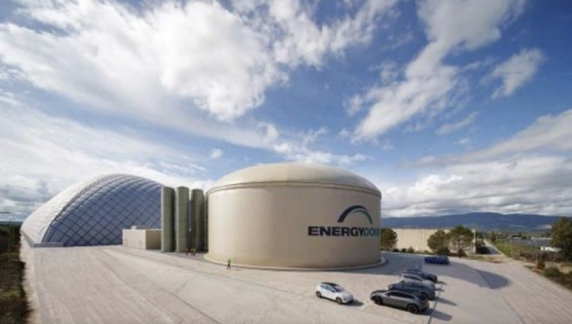As of July 25–27, 2025, Google announced a major partnership with Italian startup Energy Dome to scale up deployment of long-duration energy storage (LDES) using innovative CO2-based thermodynamic cycles. This “CO2 battery” technology enables the storage of clean electricity for 8 to 24 hours, solving intermittency issues associated with solar and wind. Google’s investment supports the development of commercial-scale systems in North America, Europe, and Asia, as part of its broader goal to operate on carbon-free power 24/7 by 2030. The move reinforces Google’s leadership in next-generation clean energy solutions, especially for high-demand infrastructure like data centers.
At the same time, the U.S. clean energy sector faced a stark setback. During June 2025, more than $6 billion in electric vehicle (EV) and battery-related projects were canceled or scaled back across several states. The affected investments included factory builds, supply chain expansions, and new battery manufacturing hubs. Industry analysts attribute the downturn to growing policy uncertainty, stalled tax incentive reforms, and fears of a near-term economic slowdown. While some of these projects may be revived, the cancellations raise concerns about the resilience of the U.S. transition to electric mobility and the nation’s ability to compete with international manufacturing hubs.
Together, these developments reflect a broader divergence in clean energy trajectories. Google’s forward-leaning partnership signals strong private-sector confidence in decentralized, durable, and innovative storage systems that can complement renewable generation at scale. In contrast, the EV sector’s contraction illustrates how heavily industrial acceleration depends on policy clarity, long-term planning, and public- private coordination. For both to succeed, earning and maintaining the social license to operate will be essential—by ensuring that projects offer visible public benefits, minimize environmental risks, and include communities in the energy transition. This moment highlights the dual need for technological leadership and stable institutional support.

